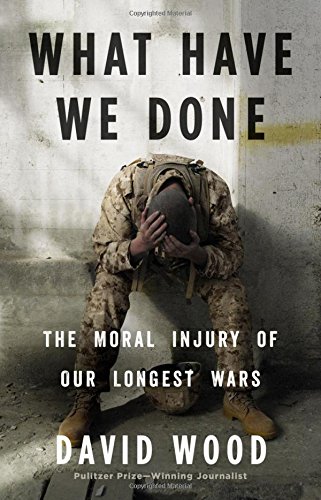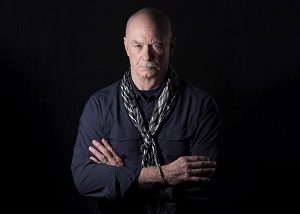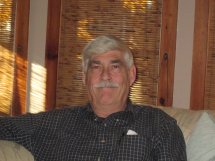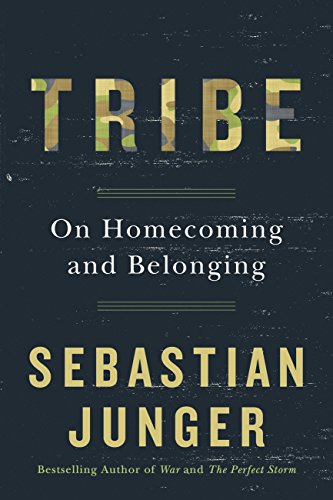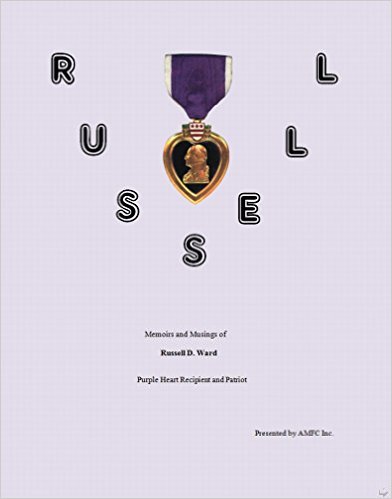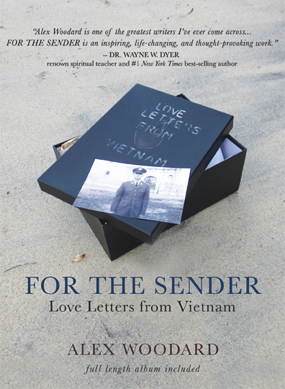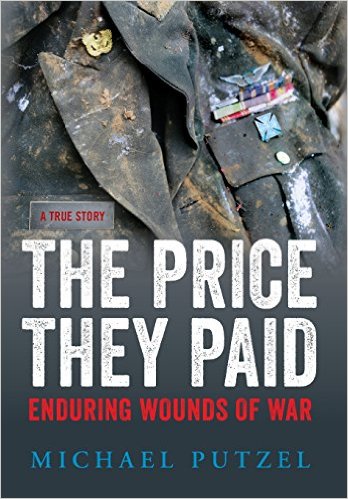
John Bultman enlisted in the Marine Corps and arrived in Vietnam at age nineteen in 1967. He spent thirteen months as a courier for the First Marine Air Wing at Da Nang. He also helped defend the base perimeter as a rifleman during the 1968 Tet Offensive. Bultman’s courier runs to outlying posts by helicopter, Jeep, light aircraft, and river patrol boat exposed him to “war’s dreadful brutality,” he says. The sight of dead bodies, “especially women and children,” created his “most horrible memories.”
Later in life, Bultman talked fervently about the Marine Corps to John W. Carlson, a drinking buddy and a feature writer for The Star Press in Muncie, Indiana. Fascinated by what he heard, Carlson has written a book about Bultman’s life called No Strings Attached: John Bultman’s War as a Marine in Vietnam, and Its Aftermath (CreateSpace, 78 pp. $10. paper).
This short book provides a lucid image of Bultman’s personality, depicting his weaknesses as well as strengths. Best of all, Carlson shows that Bultman has a sense of humor about the world in general and an ability to laugh at himself when appropriate.
As the subtitle suggests, Bultman’s war experiences fill only half of the book. The “Aftermath” focuses on Bultman’s playing the banjo and battling PTSD.
After the war, John Bultman bummed around on beaches near San Diego, worked with Vietnam Veterans Against War, returned to college but dropped out, and then discovered and taught himself how to play the banjo. Love of music led him to the love of his life—Janan—who played the piano, flute, and mandolin. They married, had two daughters, and enjoyed success in the music business until PTSD overwhelmed him.
Bultman’s years of treatment for PTSD included two months as an in-patient at a VA hospital. Survivor guilt haunted him.
 “When John describes his treatment, it takes on the aura of sweaty, physical effort,” Carlson writes, “’Oh, shit,’ he recalled. ‘It was hard, hard, hard work. My life changed dramatically,’ he said, though he noted his treatment wasn’t exactly a panacea. ‘I was not as angry.’ Still, even in the face of success, he doesn’t take such good news, such progress, for granted. He admitted, ‘I’ve never met a Vietnam vet that wasn’t grumpy. Every day, it’s always something. It’s just that now the level is different, of course.'”
“When John describes his treatment, it takes on the aura of sweaty, physical effort,” Carlson writes, “’Oh, shit,’ he recalled. ‘It was hard, hard, hard work. My life changed dramatically,’ he said, though he noted his treatment wasn’t exactly a panacea. ‘I was not as angry.’ Still, even in the face of success, he doesn’t take such good news, such progress, for granted. He admitted, ‘I’ve never met a Vietnam vet that wasn’t grumpy. Every day, it’s always something. It’s just that now the level is different, of course.'”
To me, these four quotes quietly explain that PTSD is a lifelong problem. Along the way, a VA doctor declared Bultman one hundred percent disabled by the disorder.
Carlson’s No Strings Attached is what it is. Basically, he adds another witness to confirm the severe damage incurred by young minds exposed to traumatic situations.
—Henry Zeybel

